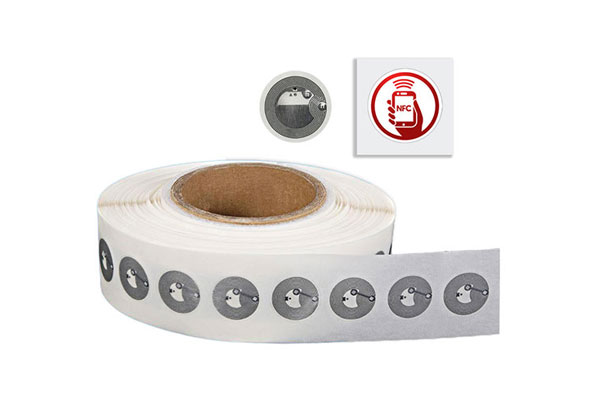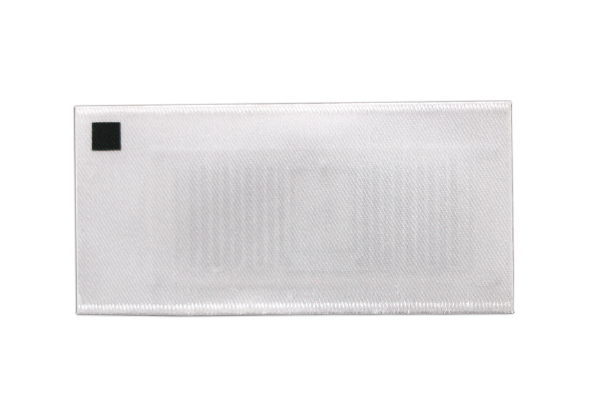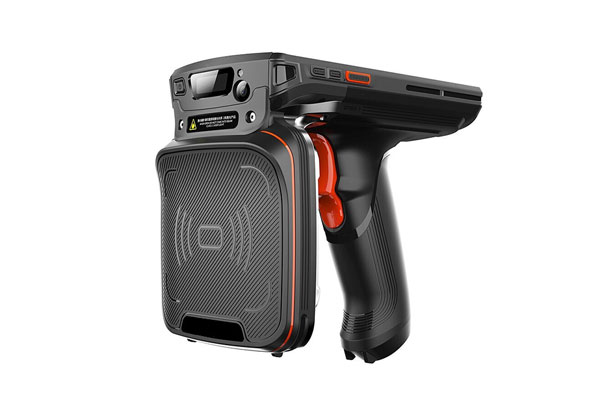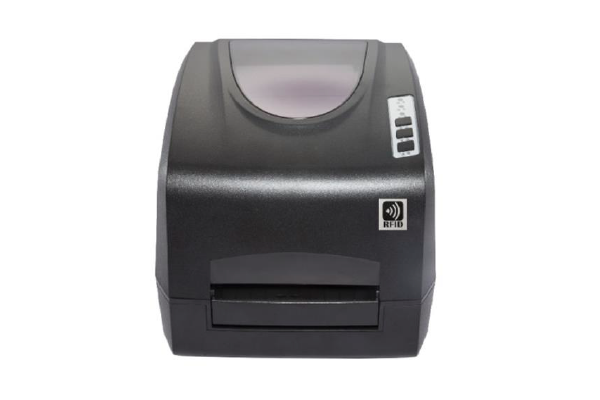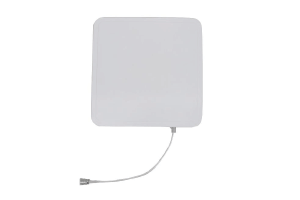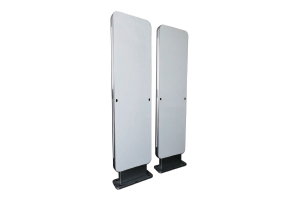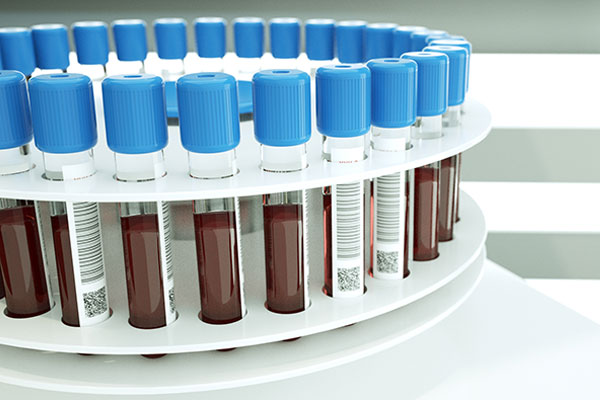If you are currently managing or planning to manage an efficient medical center, you need to know all possible details about your assets:
– How many do you have? Is it enough?
– Where are they located?
– What condition are they in?
Over the past 20 years, RFID technology has been widely applied in industries such as manufacturing, retail, and logistics for equipment identification and management. RFID can be similarly applied in the healthcare sector.
Applications of RFID
Real-time Location and Tracking
By attaching RFID tags to medical equipment and supplies, hospitals can continuously monitor their whereabouts. This capability significantly reduces the time spent searching for necessary items, allowing healthcare professionals to focus more on patient care. For example, if a portable ultrasound machine is urgently needed in an emergency room, its exact location can be quickly identified using the RFID system, ensuring timely medical intervention.
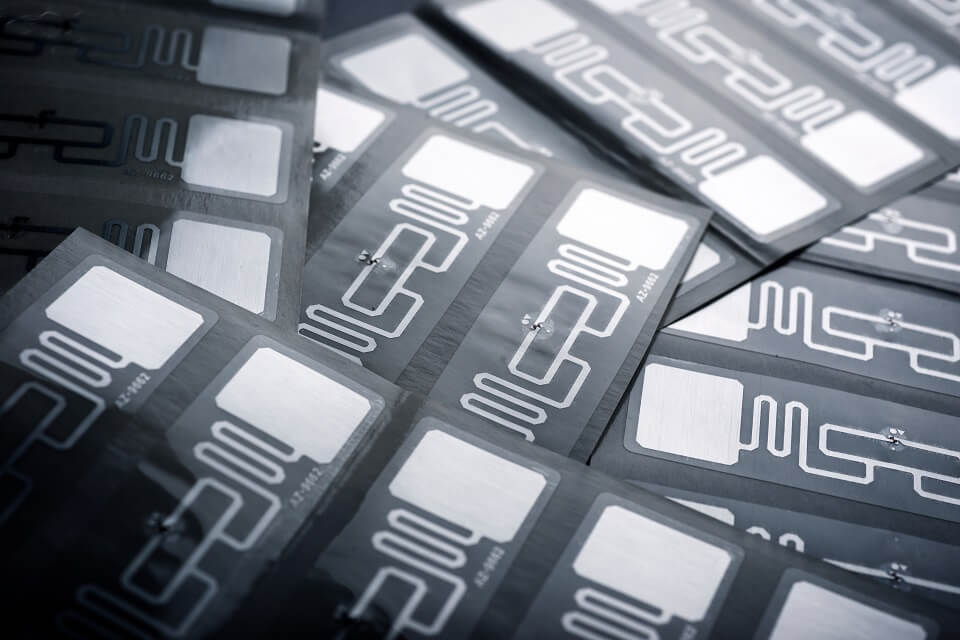
Enhanced Management Efficiency
RFID technology automates many aspects of asset management. It eliminates the need for manual entry and reduces the likelihood of human error. Asset information is automatically recorded and updated, streamlining the inventory management process. Periodic audits and inventory checks become more efficient and accurate, freeing up valuable time for hospital staff. This automation also extends to maintenance schedules. RFID systems can track the maintenance history of medical devices and send automatic reminders for upcoming servicing, ensuring that equipment is always in optimal working condition.
Increased Asset Utilization
Hospitals often face issues with underutilized or misplaced equipment, leading to inefficiencies and increased costs. RFID technology addresses this problem by providing insights into asset usage patterns. By monitoring how frequently and where equipment is used, hospitals can optimize resource allocation, ensuring that devices are available where they are most needed. This real-time tracking also helps identify idle or underutilized assets, allowing for better distribution and reducing unnecessary expenditures on new equipment.
Asset Maintenance and Care
RFID technology ensures that equipment is regularly maintained and calibrated, thereby extending its lifespan and maintaining its accuracy. RFID systems can store detailed maintenance logs and schedule reminders for upcoming services. For example, if an MRI machine requires calibration every six months, the RFID system will alert the maintenance team ahead of time, ensuring uninterrupted service availability. This proactive approach to maintenance reduces the risk of equipment failure, enhances patient safety, and lowers overall operational costs.
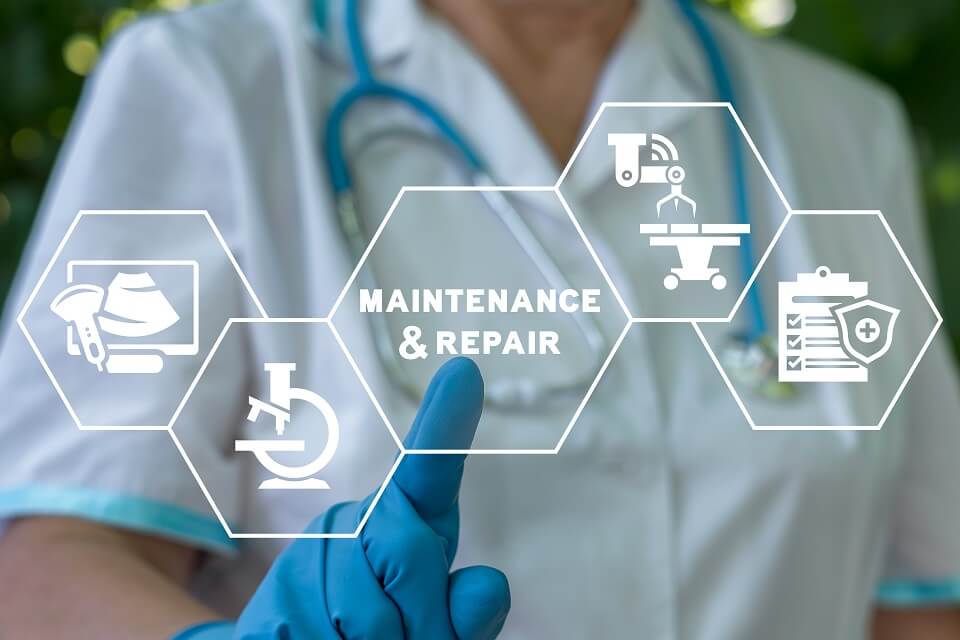
Enhanced Security and Safety
Security is a major concern in hospitals, especially regarding high-value equipment and sensitive pharmaceuticals. RFID technology enhances security by providing real-time monitoring and alerts. If an asset is moved without authorization, the system can trigger an alarm, helping to prevent theft or misplacement. Additionally, RFID tags on pharmaceuticals help in tracking their journey from manufacturer to patient, ensuring authenticity and reducing the risk of counterfeit drugs entering the hospital supply chain. This level of traceability is crucial for maintaining patient safety and regulatory compliance.
Data Analysis and Decision Support
The data collected by RFID systems is invaluable for hospital management. By analyzing usage patterns, maintenance schedules, and inventory levels, hospitals can make informed decisions about purchasing, asset allocation, and process improvements. For instance, if data shows that certain equipment is frequently used in specific departments, the hospital can ensure these areas are adequately stocked. Conversely, rarely used items can be reallocated or decommissioned, optimizing the hospital’s inventory. This data-driven approach enhances operational efficiency and supports strategic planning.
Patient Safety and Quality of Care
RFID technology directly contributes to patient safety and quality of care. By ensuring that medical equipment is properly maintained and readily available, hospitals can prevent delays in treatment. Moreover, RFID tags on patient wristbands provide accurate and up-to-date information about patient identity, medical history, and treatment plans. This reduces the risk of medical errors such as administering the wrong medication or treatment. In emergency situations, quick access to a patient’s medical history through their RFID-tagged wristband can be lifesaving.
Implementation Guidelines
1. Apply RFID Tags to Your Assets: Medical assets and equipment that need tracking will require passive RFID tags. These tags can store asset data, such as location, name, and maintenance history.
2. Train Staff on Handheld Readers: These devices are used to scan assets and update information within the RFID asset tracking system. Staff needs to be trained on proper usage to ensure inventory status updates and maintenance reporting proceed smoothly.
3. Set Asset Tracking Procedures: From maintenance to scanning and inventory checks, your hospital will need to create procedures for these processes.
4. Make Adjustments as Needed: Hospital staff should analyze the effectiveness of the RFID system in their workflow. Equipment may be moved or adjusted to ensure the asset tracking process operates
Implementation of RFID in Hospital Asset Management
Singapore General Hospital (SGH)
Singapore General Hospital, consistently ranked among the top 20 in Newsweek’s “World’s Best Hospitals,” faced significant challenges in bed management due to high patient volumes. To address these challenges, SGH implemented an RFID bed management solution with several key improvements:
– Nurses can quickly update bed status with minimal data entry.
– Housekeeping staff work simultaneously, increasing bed turnover rates.
– Future plans include sending SMS notifications to relatives about ward/bed changes for transferred patients.
– Temporary bills are printed upon patient discharge.
As a result, SGH reduced the average bed request processing time from 65 minutes to 25 minutes, saving over 200 man-hours daily.
Charité – Universitätsmedizin Berlin
Charité – Universitätsmedizin Berlin applied RFID tags to their 300,000 surgical instruments, dramatically speeding up inventory counts to 80 items within seconds. These RFID tags perform well on metal instruments, are compact, and do not affect the balance or usability of the instruments by surgeons. They can withstand over 1,000 sterilization cycles, including exposure to high temperatures, harsh chemicals, and pressure.
According to the project director, “Compared to barcodes, RFID technology offers unparalleled speed and accuracy in tracking surgical instruments.”
Stanford University Hospital
Since opening a new hospital in 2019, Stanford University Hospital has used robots to transport supplies throughout the facility. They introduced an RFID system to monitor supply usage. RFID readers are placed in hospital cabinets and operating rooms. Instead of tagging individual items, tags are placed on bins or kanban cards. When a bin reaches its usage midpoint, a reorder is triggered. Now, time spent on nursing supplies is dedicated to quality control rather than reordering.
The system provides the supply chain department with location-based data to understand the experiences of care units, including the percentage and timing of empty bin products.

Challenges in Implementing RFID in Healthcare
Despite its benefits, implementing RFID in healthcare comes with several challenges:
1. Technical Limitations:
RFID transmissions can cause electromagnetic interference (EMI) with biomedical devices, potentially leading to device malfunctions, which can compromise care quality.
2. Data Security:
Like all digital technologies, RFID systems face data security challenges. In healthcare, the exchange of highly sensitive health information is critical. Data privacy can be compromised if hackers intercept data during transmission or find other ways to access it.
3. High Initial Costs:
Deploying RFID technology in healthcare requires significant upfront investment, which can be a barrier for some institutions. Larger institutions face higher costs due to the need for tags and supporting technologies, including middleware, databases, servers, and applications. Additionally, training staff or hiring new employees familiar with such systems adds to the expenses.
Future Developments in RFID Technology
RFID technology, already a valuable tool for improving asset management in various clinical settings, has the potential for further enhancements in the coming years:
· Wider Range of Surface Applications
· Sensitivity to Tracking Conditions
· Improved Data Transmission Accuracy
· Integration with Other Technologies
· Precise Tracking of Smaller Objects
· Barcode Replacement


